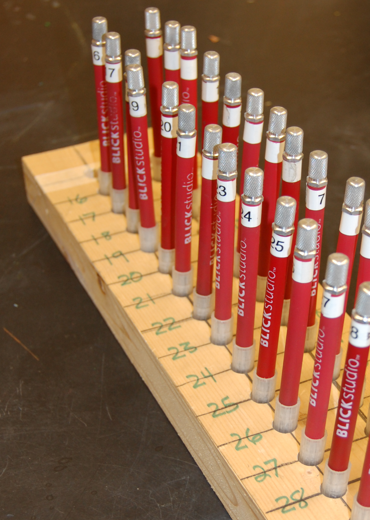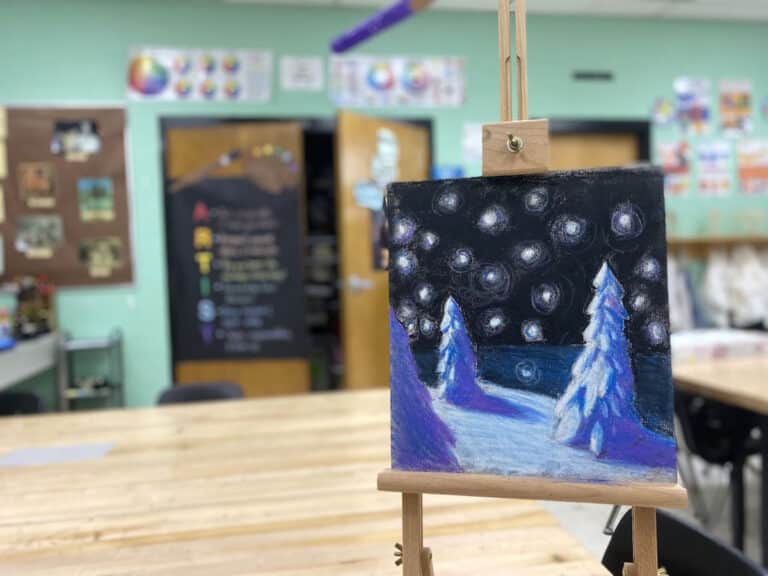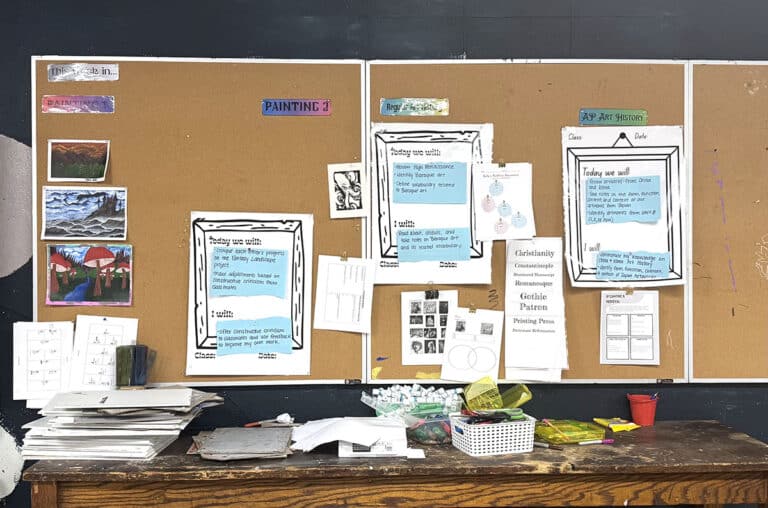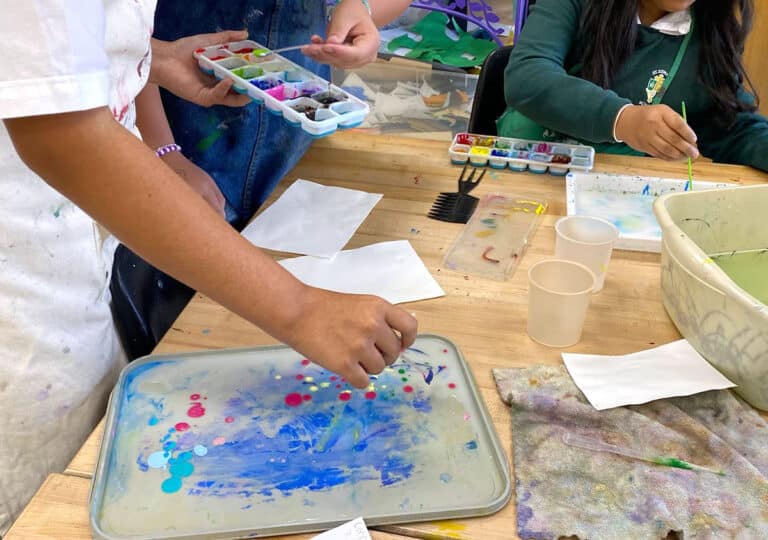For many secondary art teachers, we have two “first days of school”, one in August and the other in January. The first-first day in August arrives with fresh faces, boxes of new art supplies and an overall sense of organization. The second “first day”, well, that arrives on a cold day in January, with half used boxes, missing supplies and a holiday hangover. To remedy second semester blues, I have found, over many years of supply chaos that I gently settle into my first days of a semester when I’m ORGANIZED; but organization is more easily said than done.
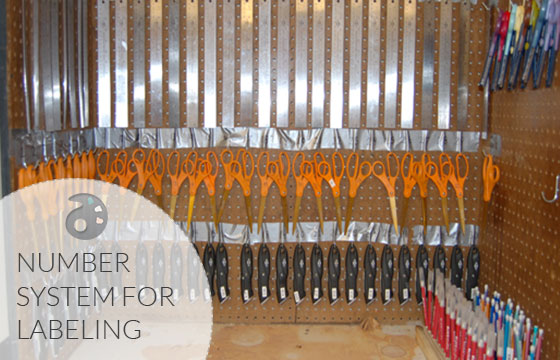
What’s your number?
At the Start of a Course
- Create blank spreadsheets or charts for each class using a Word table, Excel spreadsheet, digital grade book, ect.
- Assign each student and/or table a number for all numbered class supplies.
- Explain to students the rational behind organizing supplies.
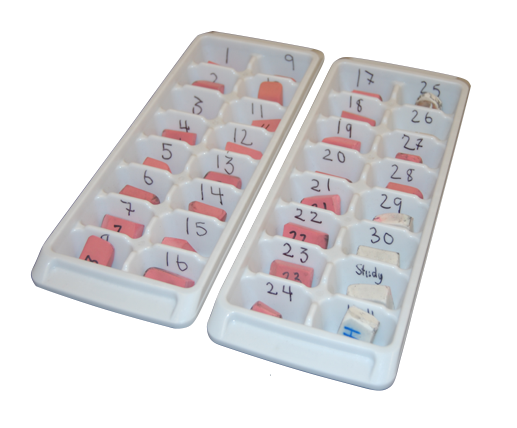 Start Small
Start Small
Look at the immediate issues in your classroom and ask yourself, what is repeatedly broken, lost, and costly or a safety concern. Once you have determined your classes’ daily needs, set out to organize just one problem area and see what happens.
- Use clear, pencil pouches or any other transparent container!
- Select basic tools/supplies that students use on a regular basis.
- Number & label only costly or safety items.
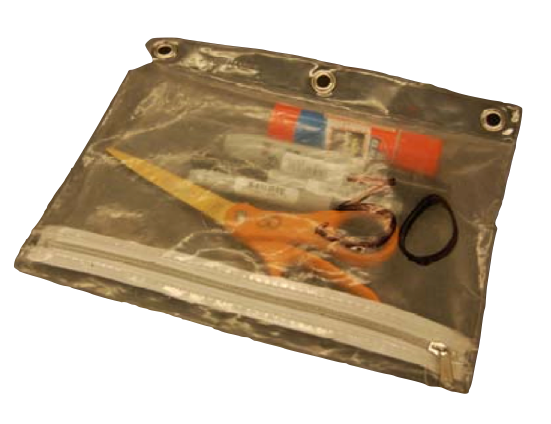 Then, gradually expand into other areas as you find supplies that desperately need some order.
Then, gradually expand into other areas as you find supplies that desperately need some order.
Find Your Helpers
Yes, I have become “that” person, but I am not alone. I employ the help of students to make this all happen. I create an example of what and how a supply is to be labeled and organized and leave the rest to the helpers. Also, at the end of each class, students gather and account for all supplies before the class dismisses. Responsibility does wonders for classroom management.
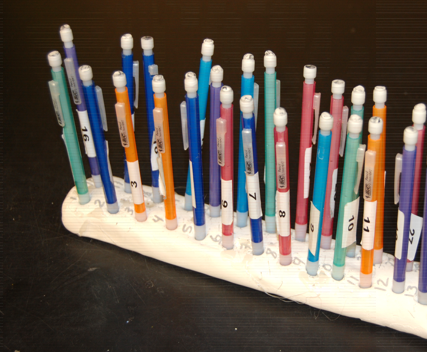
It Can Be Done
Finally, many of these ideas evolved from direct observation of student interactions with supplies; however, also seek out ideas from colleagues. Hands-on classes, such as Foods, Sciences, Industrial tech, as well as pre-school teachers, have great ideas for storage and organization. Any teacher that manages large numbers of materials and students has a system. Seek out those teachers and snoop in their rooms.
What are some of your systems for organizing supplies?
How has it changed your classroom? What didn’t work, and why?
Magazine articles and podcasts are opinions of professional education contributors and do not necessarily represent the position of the Art of Education University (AOEU) or its academic offerings. Contributors use terms in the way they are most often talked about in the scope of their educational experiences.

